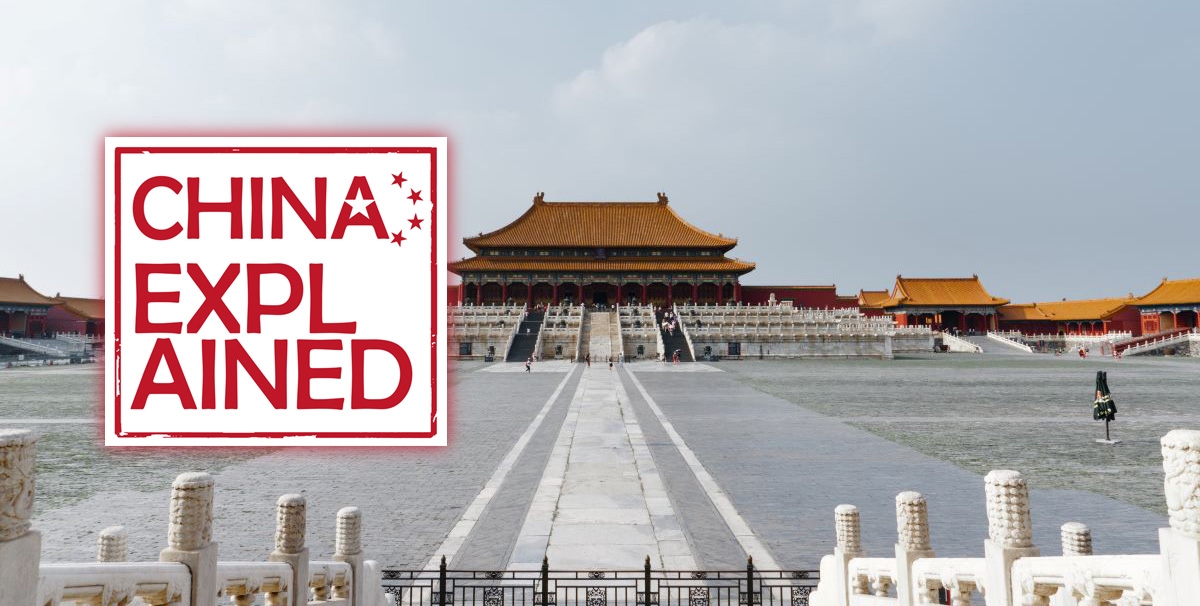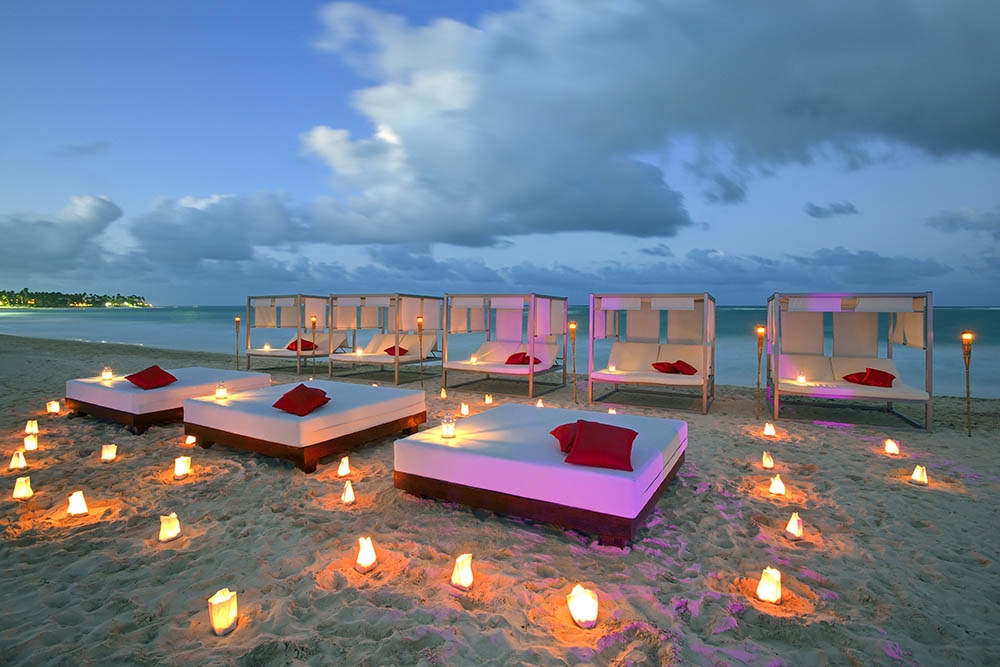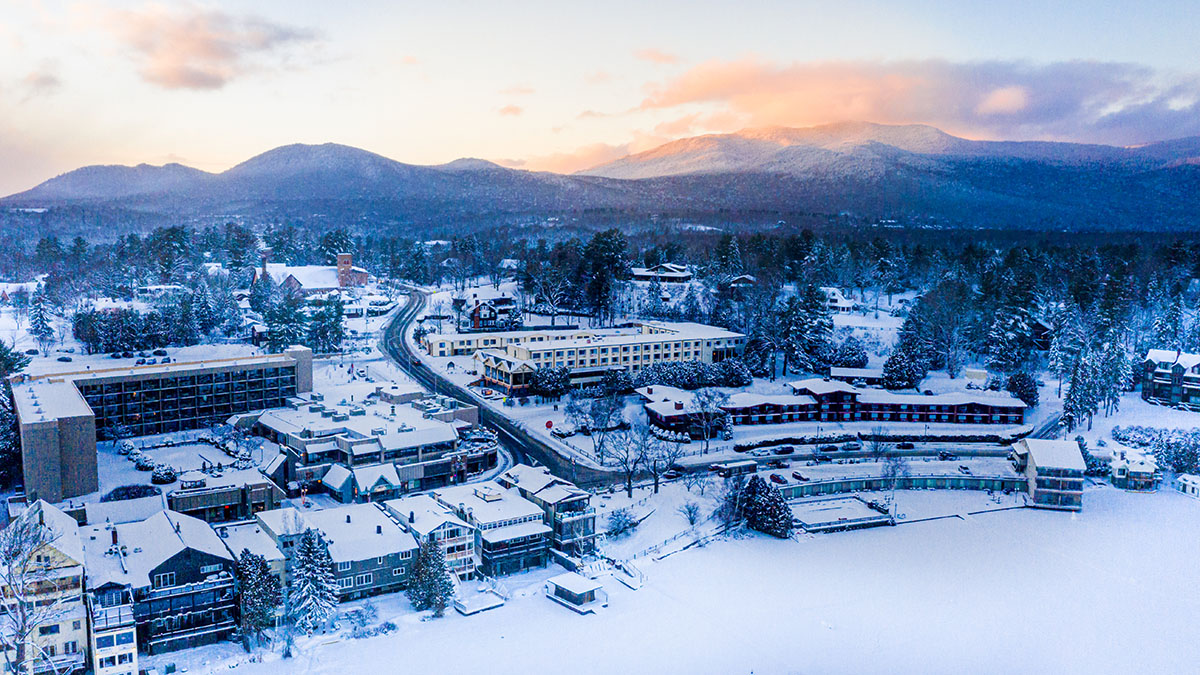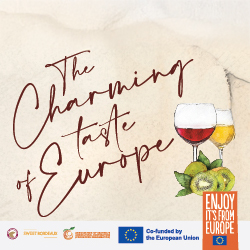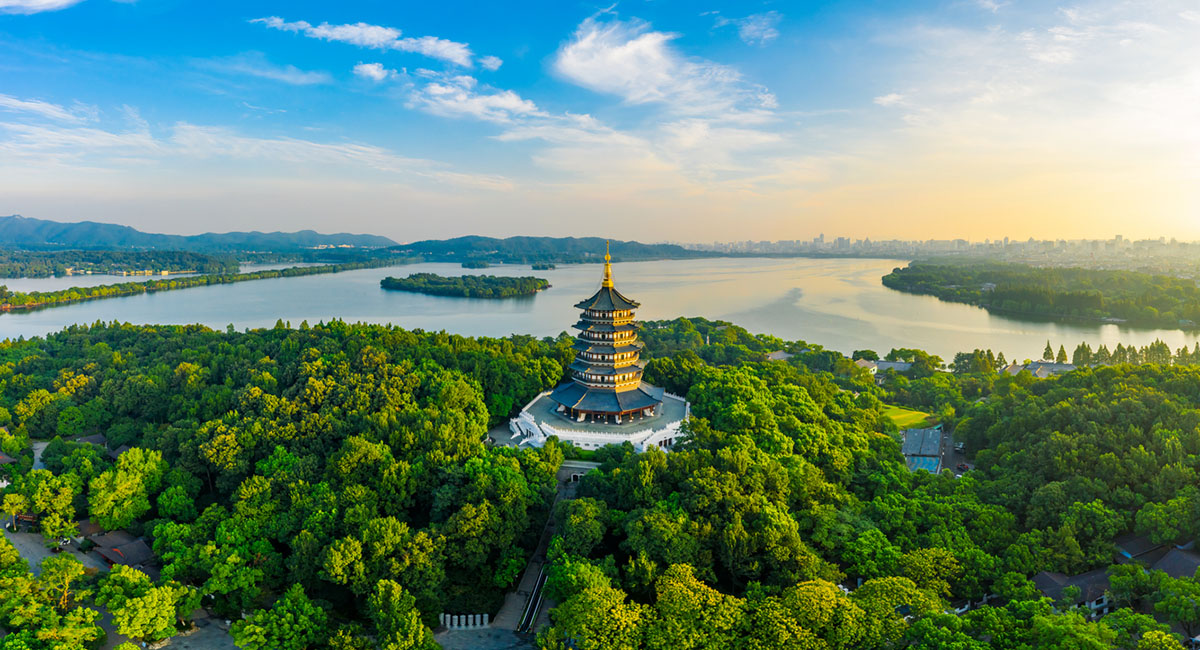
Hangzhou – China’s Cultural Heartbeat in a Tech-Driven World
Hangzhou, the capital of Zhejiang province in eastern China, is located about 180 kilometres southwest of Shanghai. Nestled between the tranquil waters of West Lake and the lush, rolling hills of Zhejiang, Hangzhou once served as the capital of the Southern Song Dynasty. For centuries, it has inspired travellers and artists alike.
Marco Polo famously described it as “the most splendid city in the world,” and after spending time there in May, I can confirm that his praise still holds true. This city doesn’t rush to impress—it simply invites you to step in, slow down, and take your time. The calm energy and palpable sense of history make it a place unlike any other.
Historically, Hangzhou has remained a thriving centre for silk production and tea trade. The Grand Canal, the longest man-made waterway in the world, once connected Hangzhou to the rest of China, playing a crucial role in shaping both its economy and culture.
Today, Hangzhou has effortlessly blended its ancient traditions with modern innovation. As the home of Alibaba, an e-commerce platform and one of China’s largest tech giants, it has emerged as a significant global business hub. Remarkably, the city has managed to preserve its historical character while embracing change and growth. West Lake, a peaceful retreat that has inspired poets and artists for centuries, remains a focal point of the city, offering both locals and visitors a place to unwind. Hangzhou’s deep cultural roots—its tea fields, ancient temples, and traditional gardens—remain vibrant, even as the city thrives in the modern world of technology and commerce. This seamless balance of old and new is what makes Hangzhou one of China’s most dynamic cities, where history, business, and culture all converge.
Click here to read the remainder of the story on our sister site, traveltrektour.com
Header image: An aerial view of West Lake’s Leifeng Pagoda with the urban centre of Hangzhou in the distance. (Photo: iStock)

